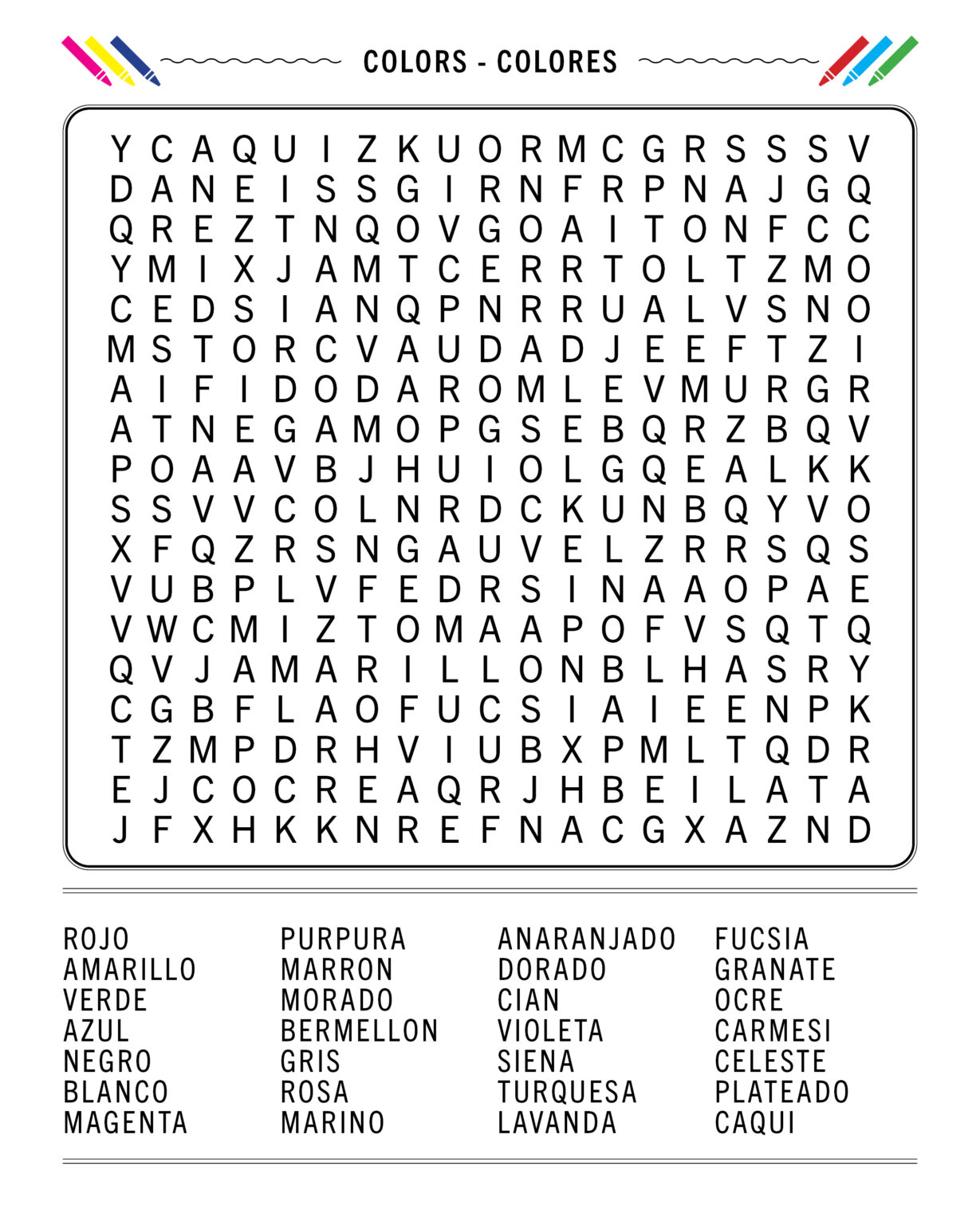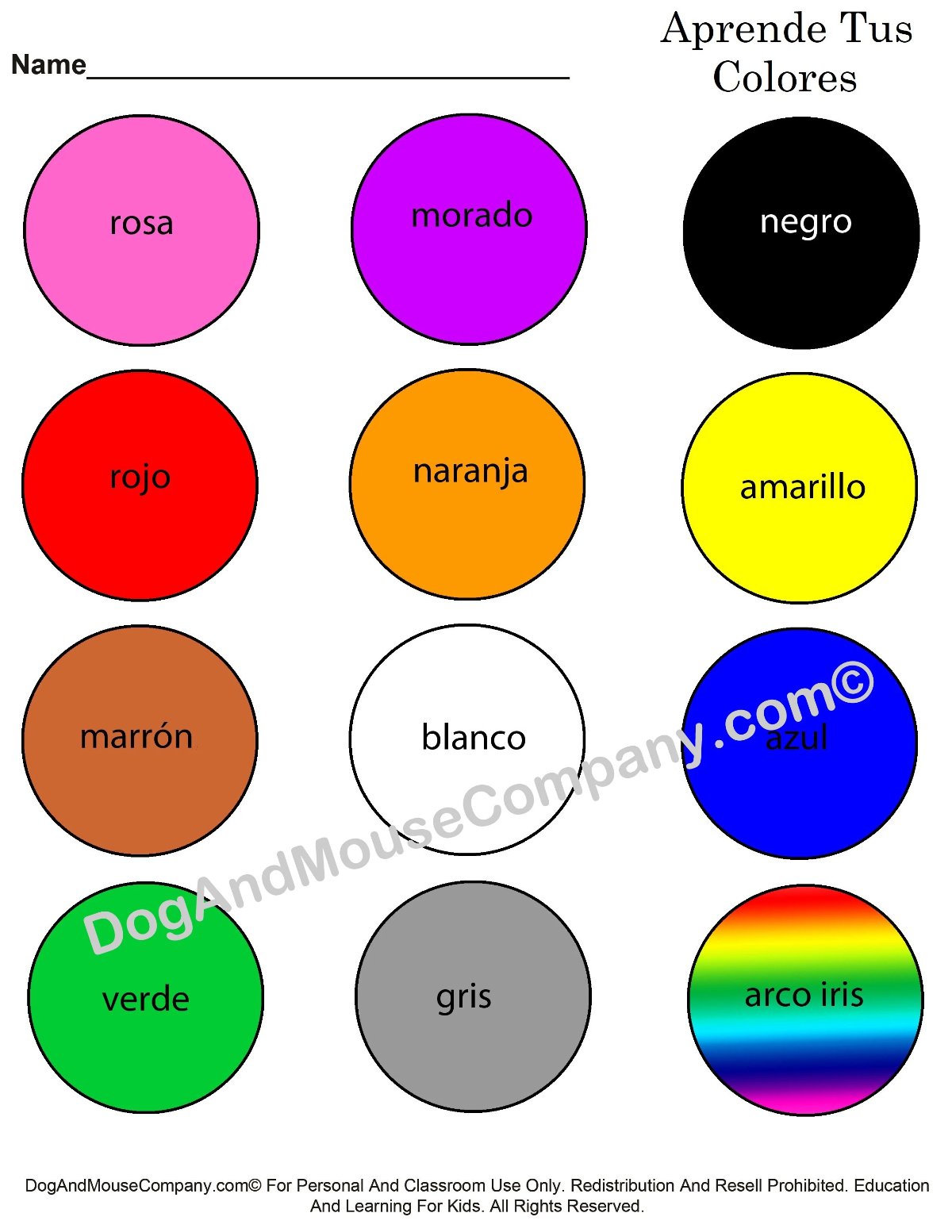Understanding colors in Spanish not only enriches your vocabulary but also enhances your ability to describe the world around you in a more vivid and nuanced way. Whether you’re a language enthusiast, a traveler, or someone looking to expand their linguistic skills, mastering colors in Spanish is a fundamental step in your language learning journey.
Key Takeaways
- Learning colors in Spanish is essential for effective communication and cultural immersion.
- Colors are used in various contexts, including fashion, art, and everyday conversations.
- Spanish color vocabulary includes basic colors, shades, and expressions related to colors.
Basic Colors in Spanish
Let’s begin with the basics. The primary colors in Spanish are easy to remember and form the foundation for understanding more complex shades and hues.
- Red: Rojo
- Blue: Azul
- Yellow: Amarillo
- Green: Verde
- Black: Negro
- White: Blanco
Secondary Colors

Once you’ve mastered the primary colors, you can move on to secondary colors, which are just as important in everyday conversations and descriptions.
- Orange: Naranja
- Purple: Morado
- Pink: Rosa
- Brown: Marrón or Café
- Gray: Gris
Shades and Variations

In Spanish, just like in English, there are numerous shades and variations of each color. Understanding these can help you describe things more precisely.
- Light Blue: Azul claro
- Dark Green: Verde oscuro
- Bright Red: Rojo brillante
- Pale Pink: Rosa pálido
- Deep Purple: Morado profundo
Colors in Cultural Contexts
Colors hold significant cultural meanings in Spanish-speaking countries. For instance, in many Latin American cultures, colors are integral to festivals, traditional attire, and art.
Festivals and Celebrations
During festivals like Día de los Muertos in Mexico, vibrant colors such as orange and purple are prominently used to honor the deceased. Similarly, the colorful dresses worn during flamenco performances in Spain highlight the importance of color in cultural expressions.

Art and Fashion
In the realm of art, Spanish artists like Pablo Picasso and Salvador Dalí have used colors to convey emotions and narratives. In fashion, colors play a crucial role in expressing personal style and cultural identity.
Expressions and Idioms
Colors in Spanish are not limited to literal meanings; they also appear in various idiomatic expressions and phrases. Here are a few examples:
- Ver todo de color de rosa: To see everything through rose-colored glasses.
- Ponerse rojo como un tomate: To turn as red as a tomato (to blush).
- Estar en números rojos: To be in the red (to be in debt).
Practical Applications
Knowing colors in Spanish can be incredibly practical. Whether you’re shopping for clothes, describing objects, or even discussing your favorite art pieces, color vocabulary is indispensable.
Shopping and Descriptions
When shopping in a Spanish-speaking country, being able to describe the color of an item can make your experience smoother and more enjoyable. Phrases like “Me gusta el vestido azul” (I like the blue dress) or “Busco una camisa roja” (I’m looking for a red shirt) are useful in various contexts.
Tips for Learning Colors in Spanish
Here are some effective strategies to help you learn and remember colors in Spanish:
- Flashcards: Create flashcards with the color on one side and the Spanish word on the other.
- Visual Aids: Use color-coded charts or images to associate colors with their Spanish names.
- Practice with Native Speakers: Engage in conversations with native Spanish speakers to reinforce your learning.
- Language Apps: Utilize language learning apps that focus on vocabulary building.
Mastering colors in Spanish opens up a world of possibilities for communication and cultural understanding. From basic colors to complex shades and idiomatic expressions, having a robust color vocabulary enhances your ability to describe the world around you. Whether you’re traveling, engaging in art, or simply conversing with friends, knowing colors in Spanish enriches your experience and connects you more deeply with Spanish-speaking cultures.